Qatar the Gulf’s ‘capital of green building’
Moving to sustainable construction practices may initially result in higher costs, but will also enhance the country's environmental credentials and attractiveness for companies seeking to play a major part in Qatar's forecasted growth.
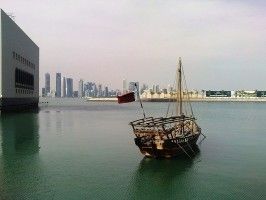
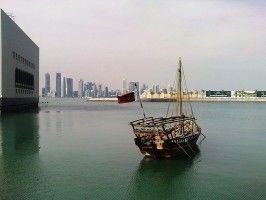
Following the announcement that Qatar will host the 2022 FIFA World Cup, the country has witnessed remarkable growth in the construction sector and sustainable development is at the heart of these projects. Qatar has revealed that the cost of the projects being undertaken in anticipation of the event, including a national railway project, the North Gas Field Development and the Pearl-Qatar real estate development, is estimated to be over $250 billion.
With this expected growth in mind, Qatar has introduced important legislative changes, including the launch of the Qatar Construction Standards 2010 (QCS 2010), which supersede the Qatar National Construction Standards 2007 (QCS 2007). The QCS 2010 introduce a new Green Building Code that puts sustainable development high on Qatar's agenda in the construction industry. Moving to sustainable construction practices may initially result in higher costs, but may also enhance the country's environmental credentials and attractiveness for companies seeking to play a major part in Qatar's forecasted growth.
GreenBuildingCode
The purpose of the Green Building Code is to create a sustainable building environment that minimises ecological impact, while addressing the specific regional needs and environment of Qatar. Its stated purpose is the promotion of environmentally sound design and development techniques in order to design buildings and infrastructure that are sustainable. The Green Building Code places emphasis both on technical issues, such as materials and construction technologies and on non-technical issues, such as socio-economic and cultural heritage aspects.
The Green Building Code incorporates a sustainability assessment system known as the Qatar Sustainability Assessment System (QSAS). The QSAS is divided into eight sustainable categories and sets of criteria, each with a direct impact on environmental stress mitigation. Each of the eight categories consists of certain environment-related factors such as energy efficiency, water management and land and cultural conservation.
Each category measures a different aspect of the project's environmental impact. The categories define these broad impacts and address ways in which a project can mitigate the negative environmental effects.
These categories are broken down into specific criteria that measure and define individual issues, ranging from review of water consumption to assessment of light quality. Each criterion specifies a process for measuring individual aspects of environmental impact and for documenting the degree to which the requirements have been met. A score is then awarded to each criterion based on the degree of compliance and the criterion's level of impact.
It is anticipated that the Green Building Code will apply to all existing buildings by 2020.
Outlook for green buildings
As construction activities continue to expand in Qatar, the implementation of the new Green Building Code presents both challenges and opportunities for companies hoping to participate in Qatar's forecasted growth. There is no doubt that the adoption of the new Green Building Code raises the bar in the Qatari construction sector. Although moving to sustainable construction practices will initially incur higher costs, the expectation is that it will also bring both short and long-term savings. Moreover, if Qatar adopts green regulations focusing on existing structures, the retrofit market is likely to experience substantial growth.
Image 01 - Flag of Qatar in front of the skyline of Doha. Urbanplay.
Image 02 - View of The Corniche, Doha, Qatar. Celesa Horvath.

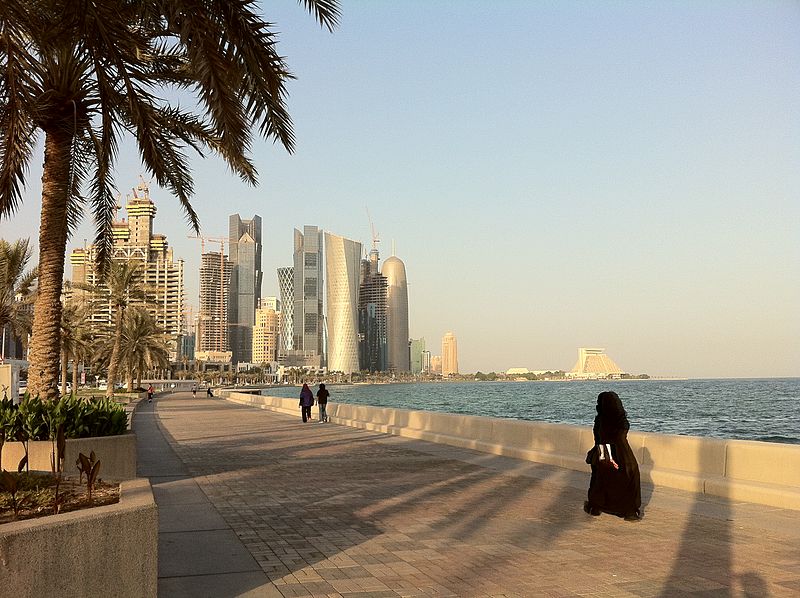

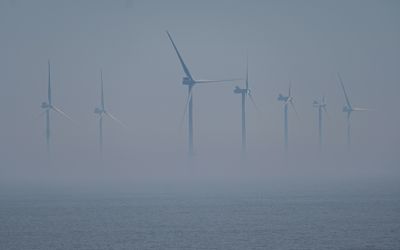
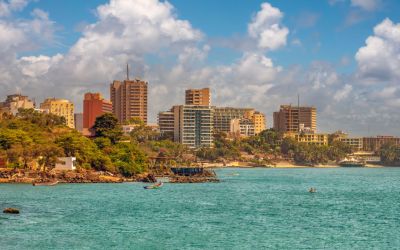
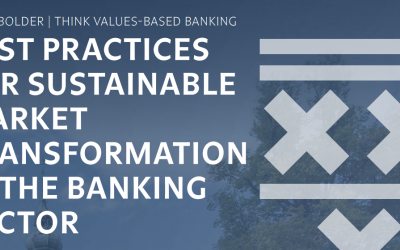

_400_250_s_c1.png)